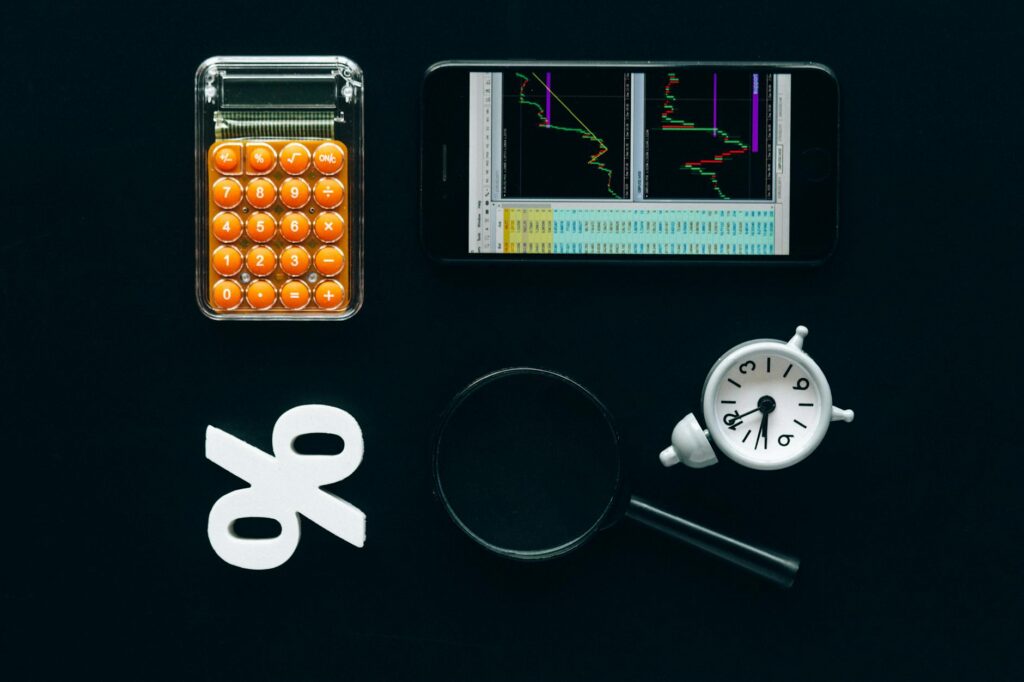What is work time analysis tools?

What is Work Time Analysis Tools?
In today’s fast-paced work environment, understanding how we spend our time is more critical than ever. Work time analysis tools help individuals and teams get a clearer picture of their productivity and efficiency. These tools are designed to track, measure, and improve how we use our working hours, enabling better time management and ultimately leading to enhanced productivity.
Understanding Work Time Analysis Tools
Definition and Purpose
Work time analysis tools are software applications or systems specifically created to monitor how time is spent in a work setting. They help track various activities, whether it’s time spent on specific tasks, meetings, or breaks. By analyzing this data, individuals and organizations can gain valuable insights into their work patterns.
The primary purpose of these tools is to facilitate a more structured approach to time management. They enable users to identify areas where they can improve efficiency. For example, if a team discovers that a significant amount of time is spent in unproductive meetings, they can make necessary adjustments.
Benefits of Using Work Time Analysis Tools
Utilizing work time analysis tools provides several advantages:
-
Improved Productivity: By tracking how every minute is used, individuals can identify time sinks and focus on high-priority tasks. This data-driven approach leads to more productive work habits (Clockify).
-
Better Time Management: These tools allow users to allocate their time effectively, ensuring they’re working on what truly matters. Knowing how much time is spent on various tasks can help in planning future work more realistically.
-
Enhanced Work-Life Balance: With clearer insights into how time is spent, individuals can set boundaries better. This promotes a healthier work-life balance, as it becomes easier to stick to work hours and avoid overworking.
-
Accountability: Work time analysis tools foster a culture of accountability, as teams can see their contributions in real-time. This transparency encourages everyone to stay on task.
-
Data-Driven Decisions: Armed with metrics and insights, teams can make informed decisions about processes and workflows, ensuring continuous improvement.
Types of Work Time Analysis Tools
There’s a variety of work time analysis tools available, each serving specific functions.
Time Tracking Software
Time tracking software is designed to capture the amount of time spent on various activities. Popular examples include Time Doctor and Hubstaff. These tools often include features such as:
- Automatic time tracking: Users can see how long they spend on tasks without needing to start and stop a timer manually.
- Reporting: Detailed reports provide insights into time usage across different projects or tasks.
- Integrations: Many of these tools integrate with other productivity applications, creating a seamless workflow.
Productivity Analytics Tools
These tools analyze productivity data and provide actionable insights for improvement. They often go beyond simple time tracking and help users identify patterns and trends in their work habits. Examples include Time Analytics and Forecast. Key features often include:
- Visual dashboards: Users can view their productivity metrics at a glance, making it easy to spot inefficiencies.
- Goal tracking: Set and monitor specific work goals to enhance focus and drive.
- Team performance metrics: Analyze how different team members are performing to encourage collaboration or adjust workloads.
Task Management Apps
Task management applications often incorporate work time analysis features. These tools help users manage tasks while keeping track of the time spent on each one. Popular options include Trello and Asana. Features to look for include:
- Task assignment: Easily delegate tasks to team members and monitor their progress.
- Integrated timing functions: Track how much time is spent on each task directly within the app.
- Reminders and notifications: Keep everyone on track and ensure deadlines are met.

Photo by Nataliya Vaitkevich
Implementing Work Time Analysis Tools in Your Routine
Integrating these tools into your daily work routine can transform how you manage your time.
Setting Goals and Objectives
Before diving into using work time analysis tools, it’s crucial to define specific goals. What do you hope to achieve by tracking your time? Whether it’s completing tasks more efficiently, reducing overtime, or increasing productivity, having clear objectives will guide your efforts.
Choosing the Right Tool for Your Needs
With so many options available, selecting the right work time analysis tool can be daunting. Consider the following:
- Your working style: Are you part of a team or working solo? Some tools are better suited for collaborative environments.
- Features required: Do you need just time tracking, or do you also want analytics and reporting features?
- Budget: There are both free and paid options available. Determine what you’re willing to invest for the features you need.
Conclusion
Work time analysis tools are essential in today’s work landscape, offering insights into how time is spent and how productivity can be improved. By understanding their purpose and integrating them into your routine, you can achieve better time management and enhanced work-life balance.
If you haven’t yet adopted these tools, now is the time to explore how they can transform your productivity. With the right tool, you can make informed decisions that drive your success, ensuring every minute of your workday counts.